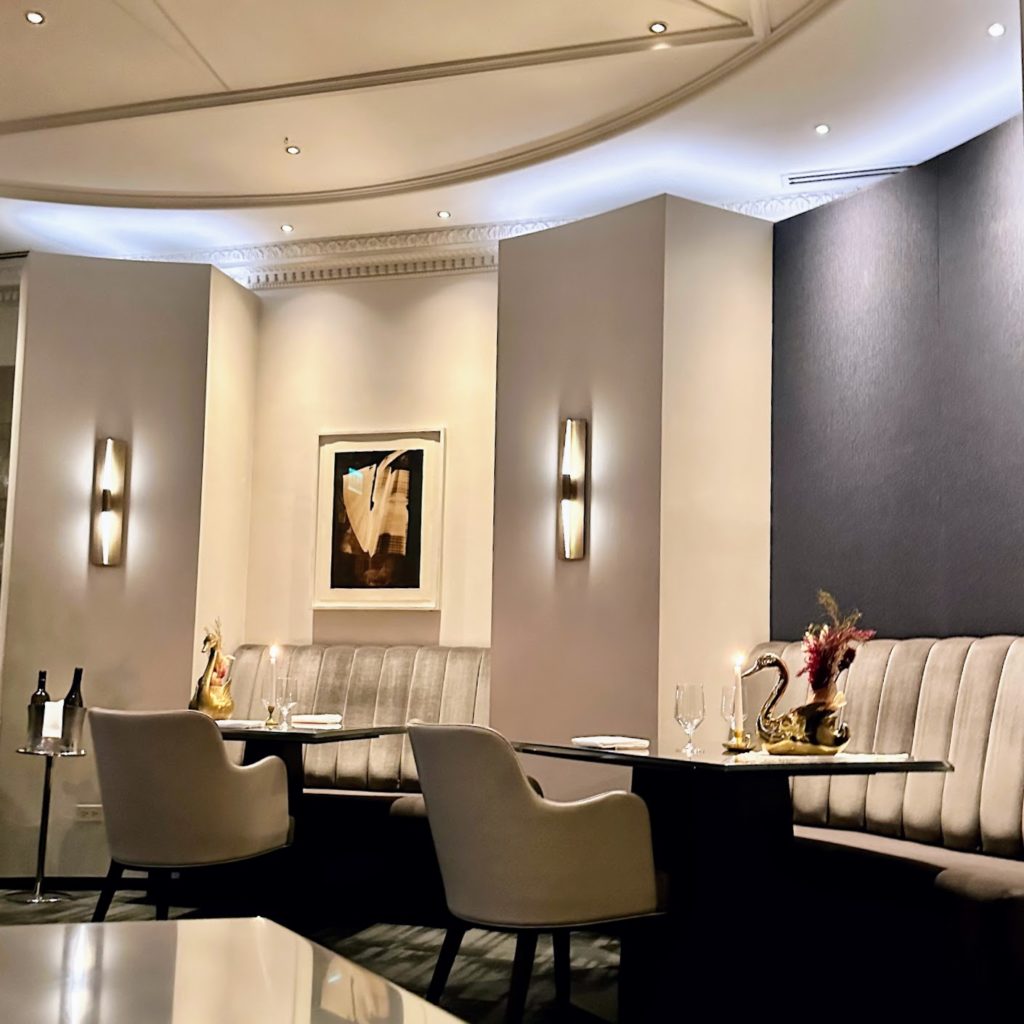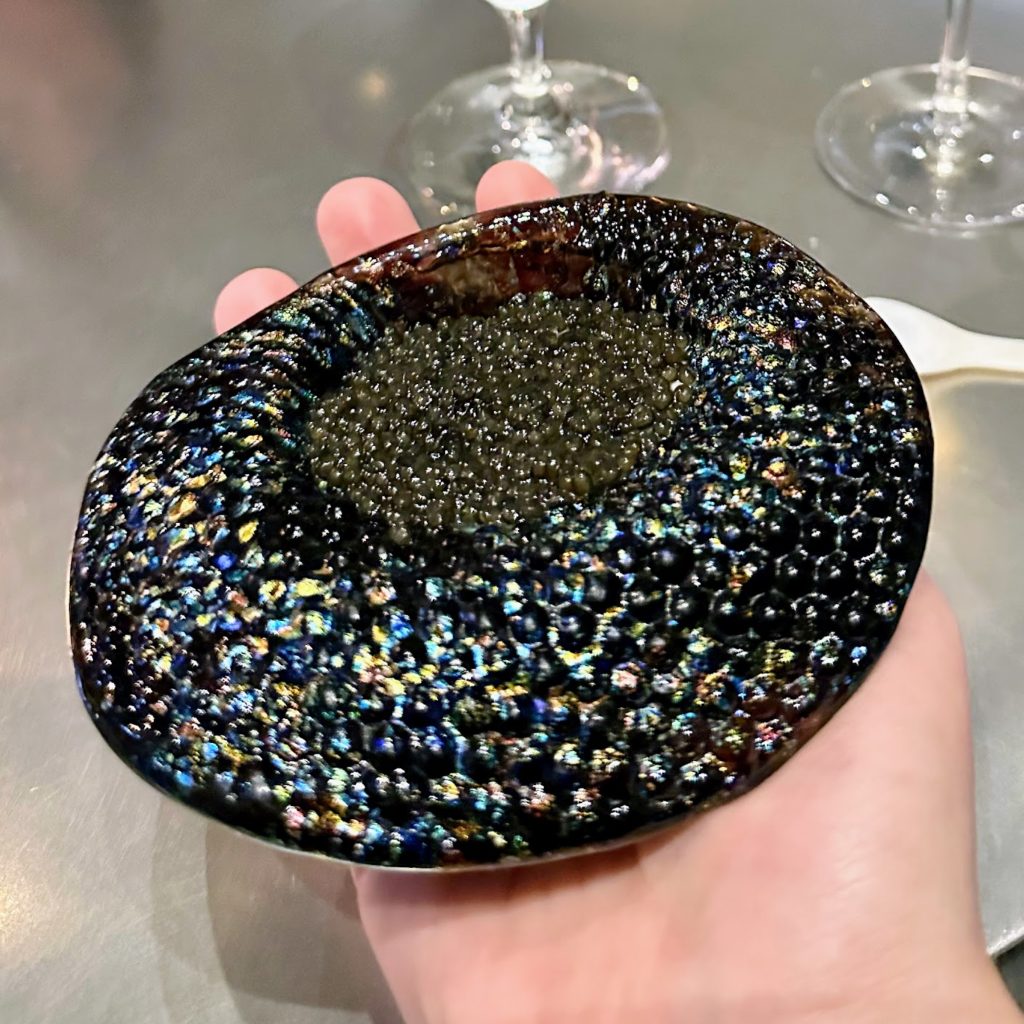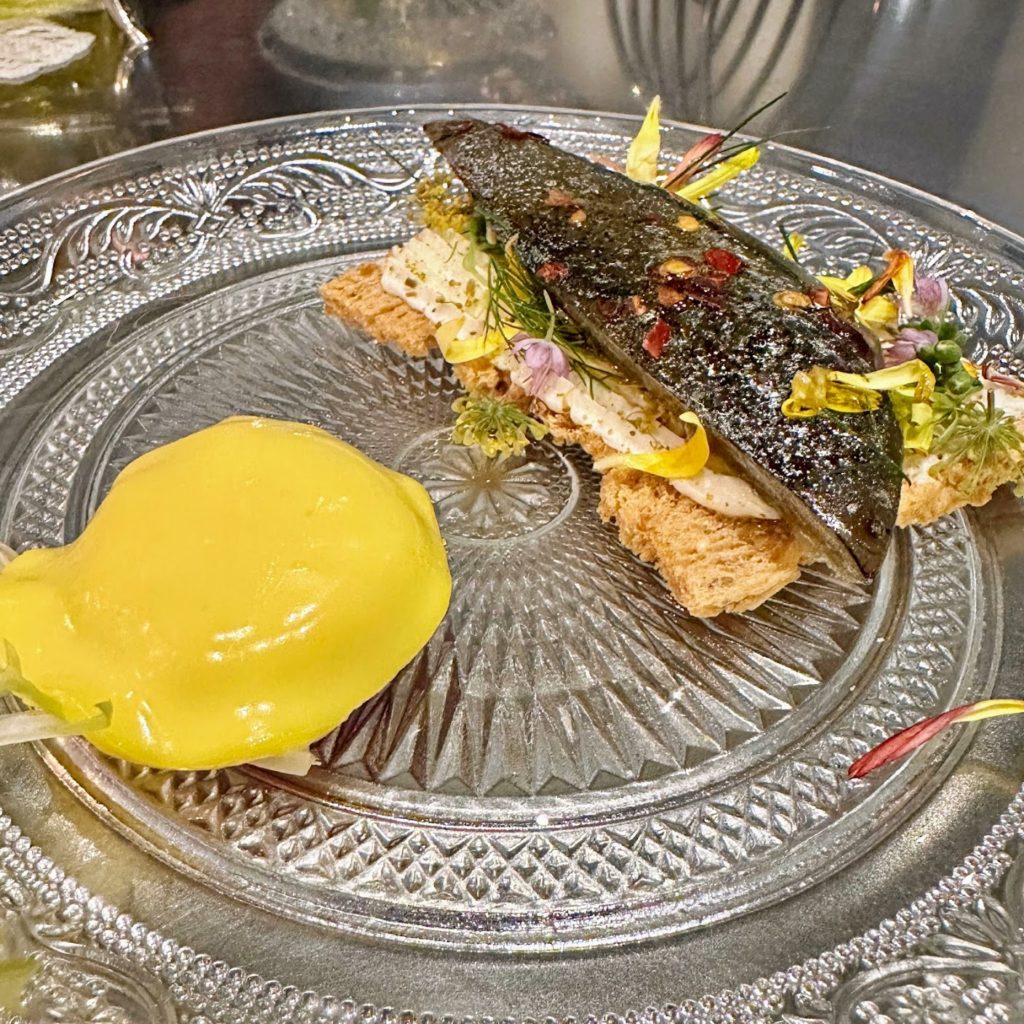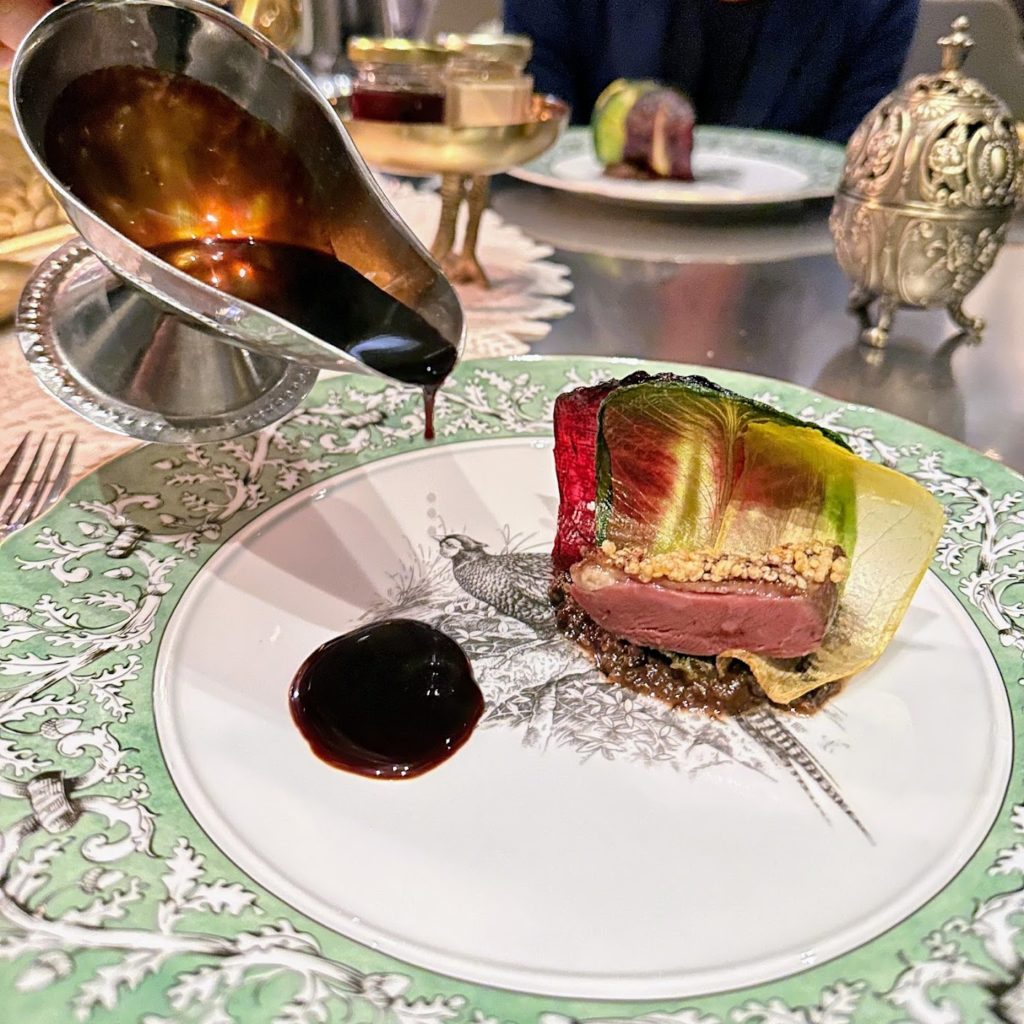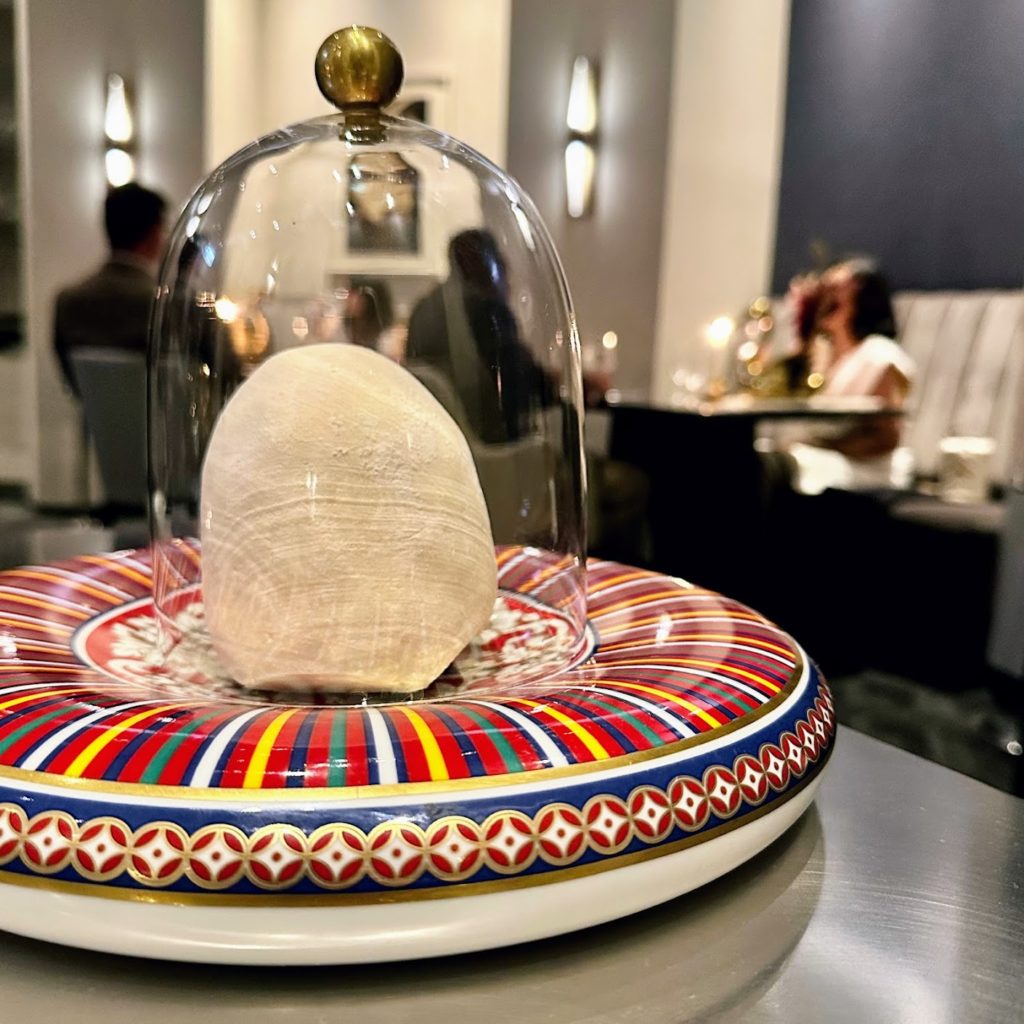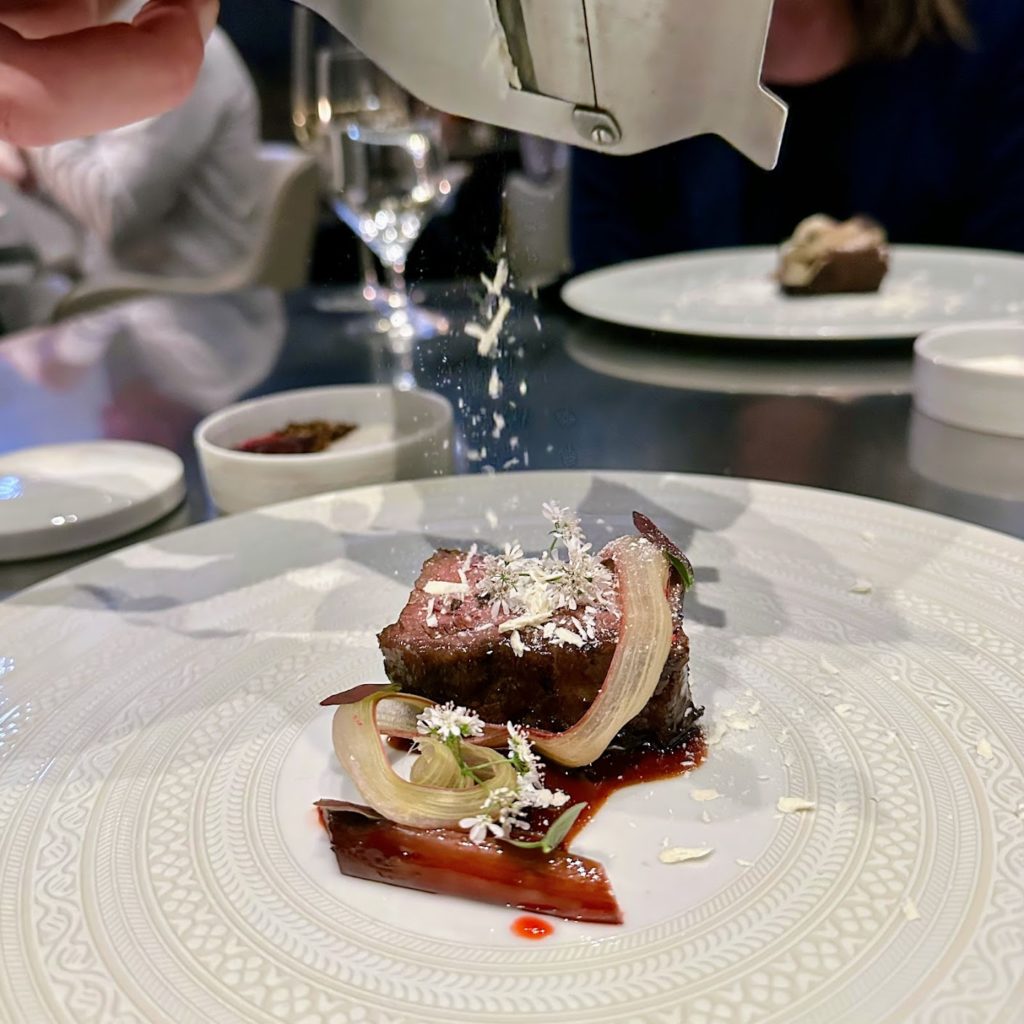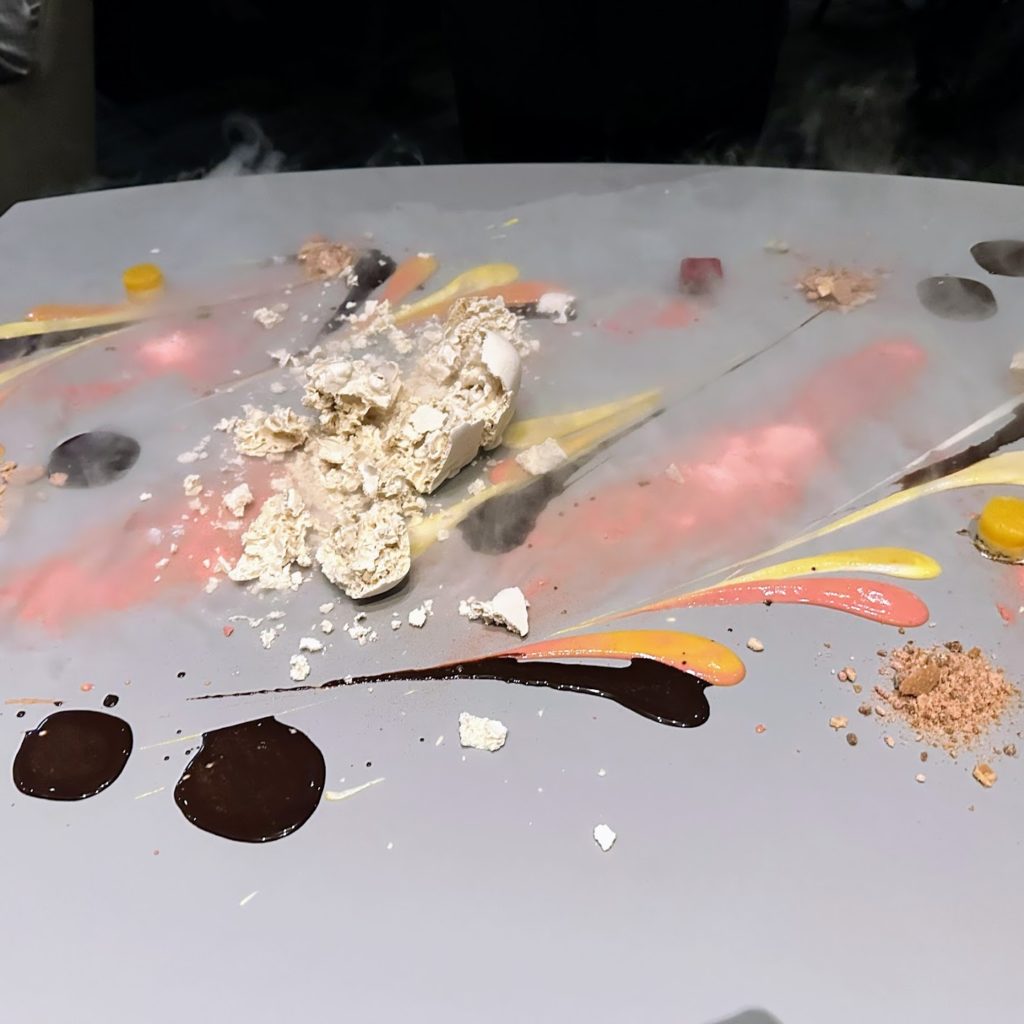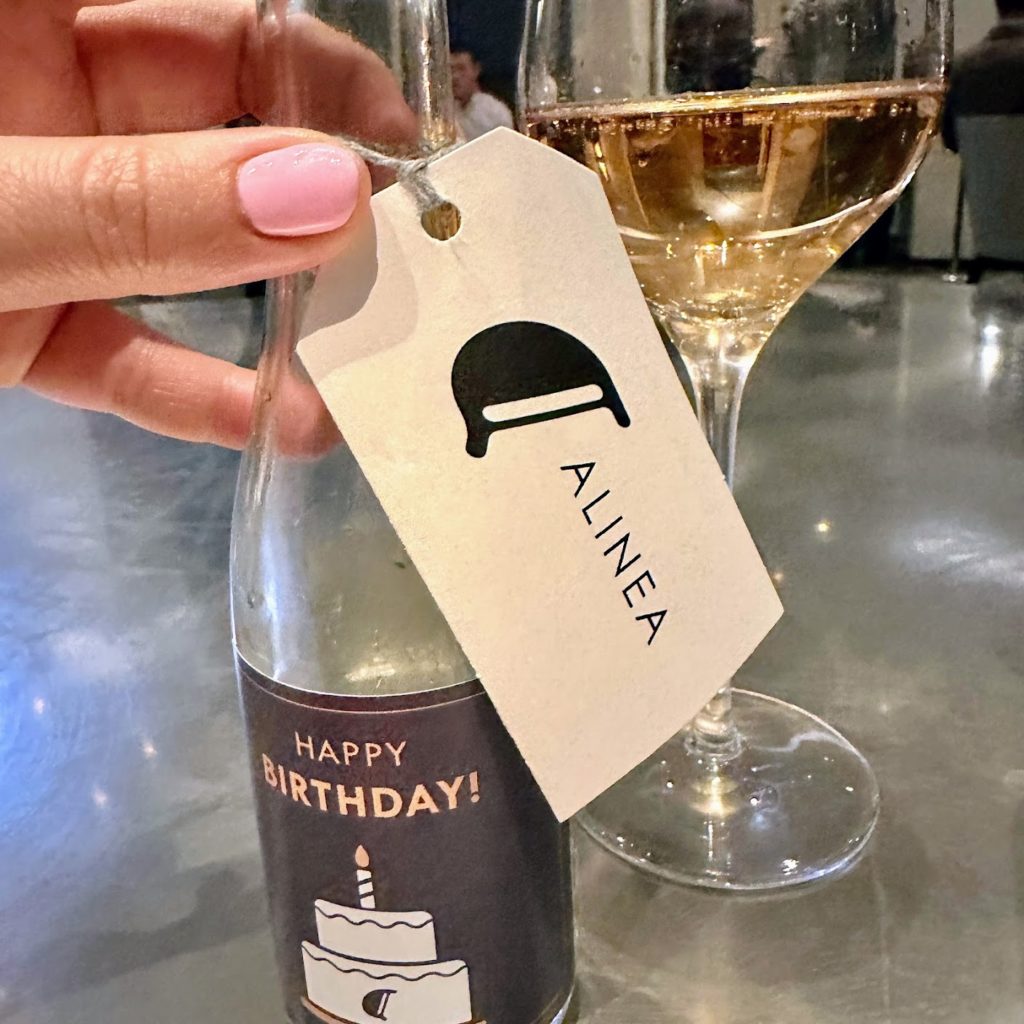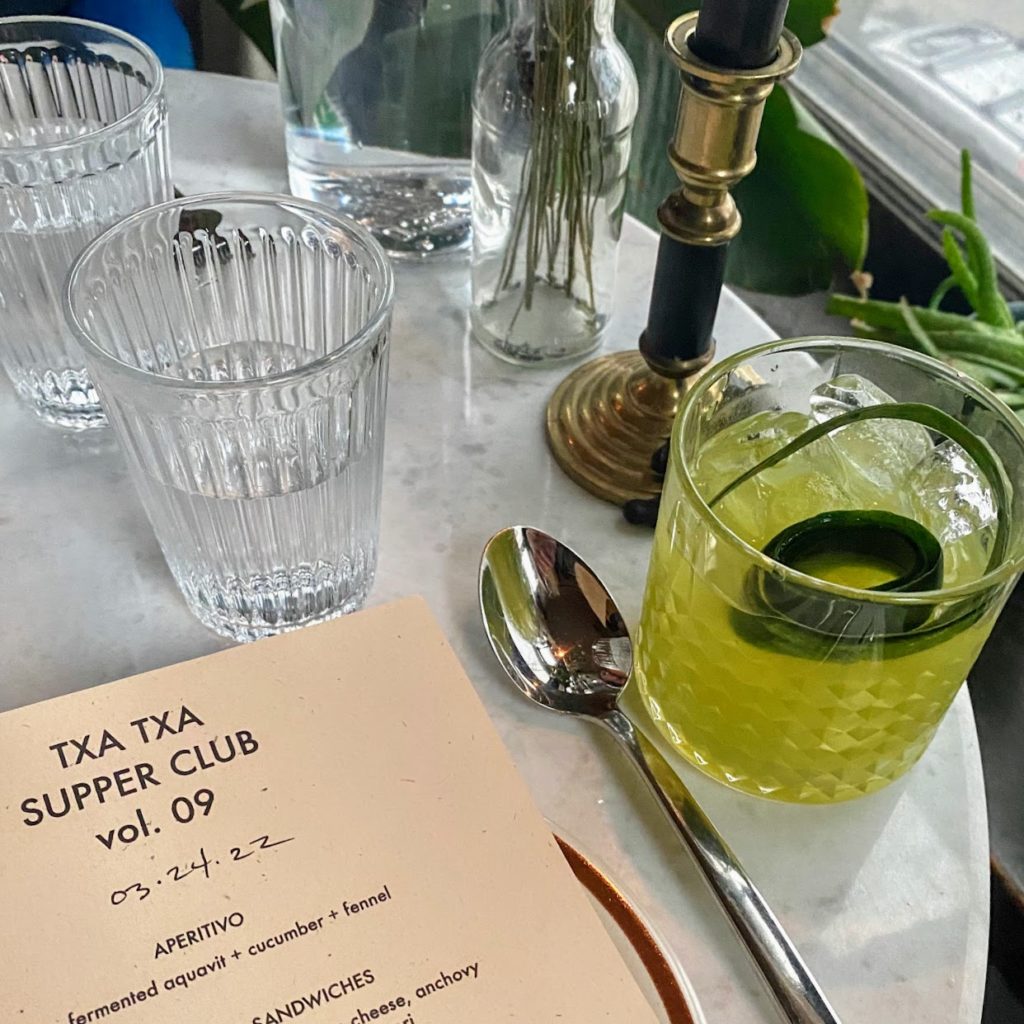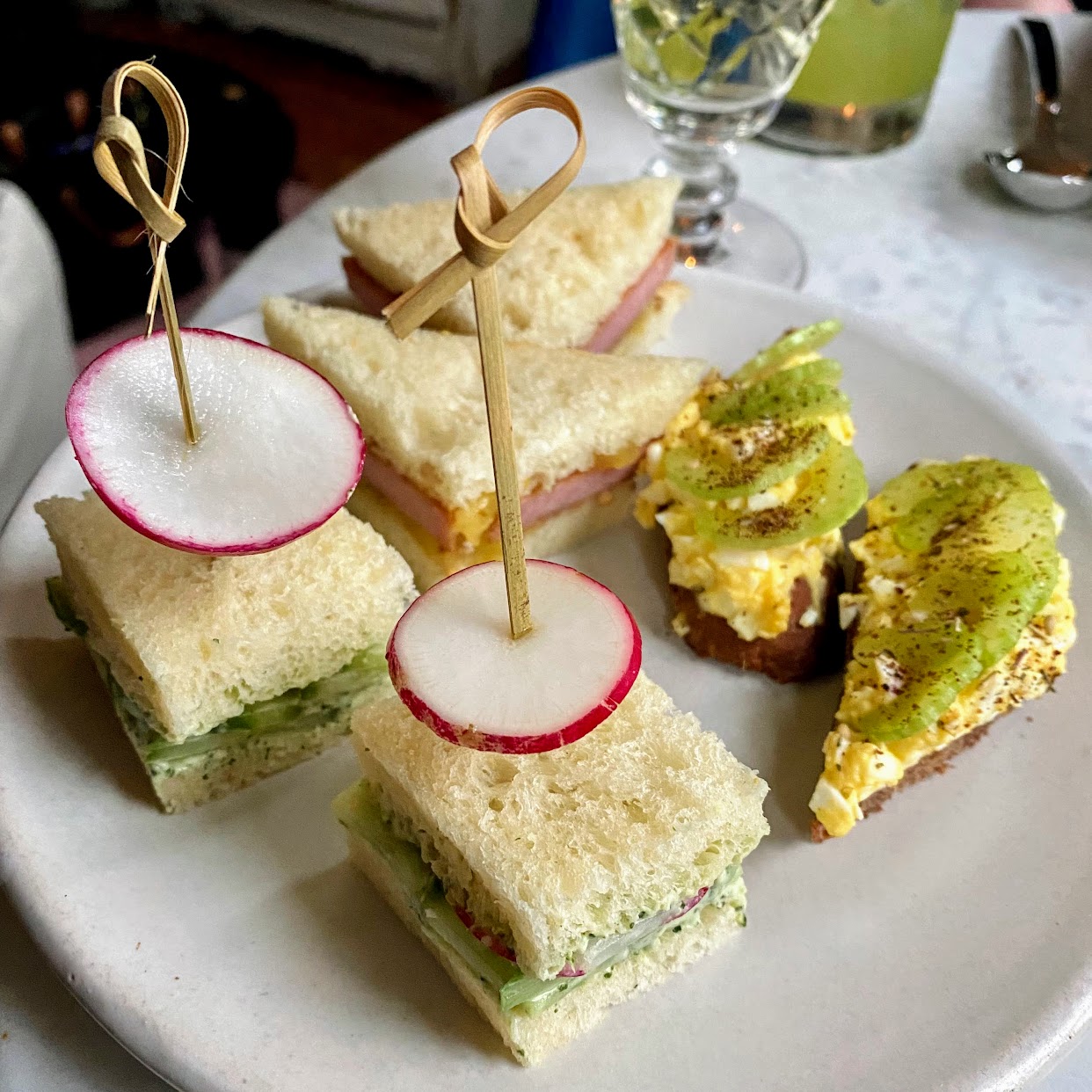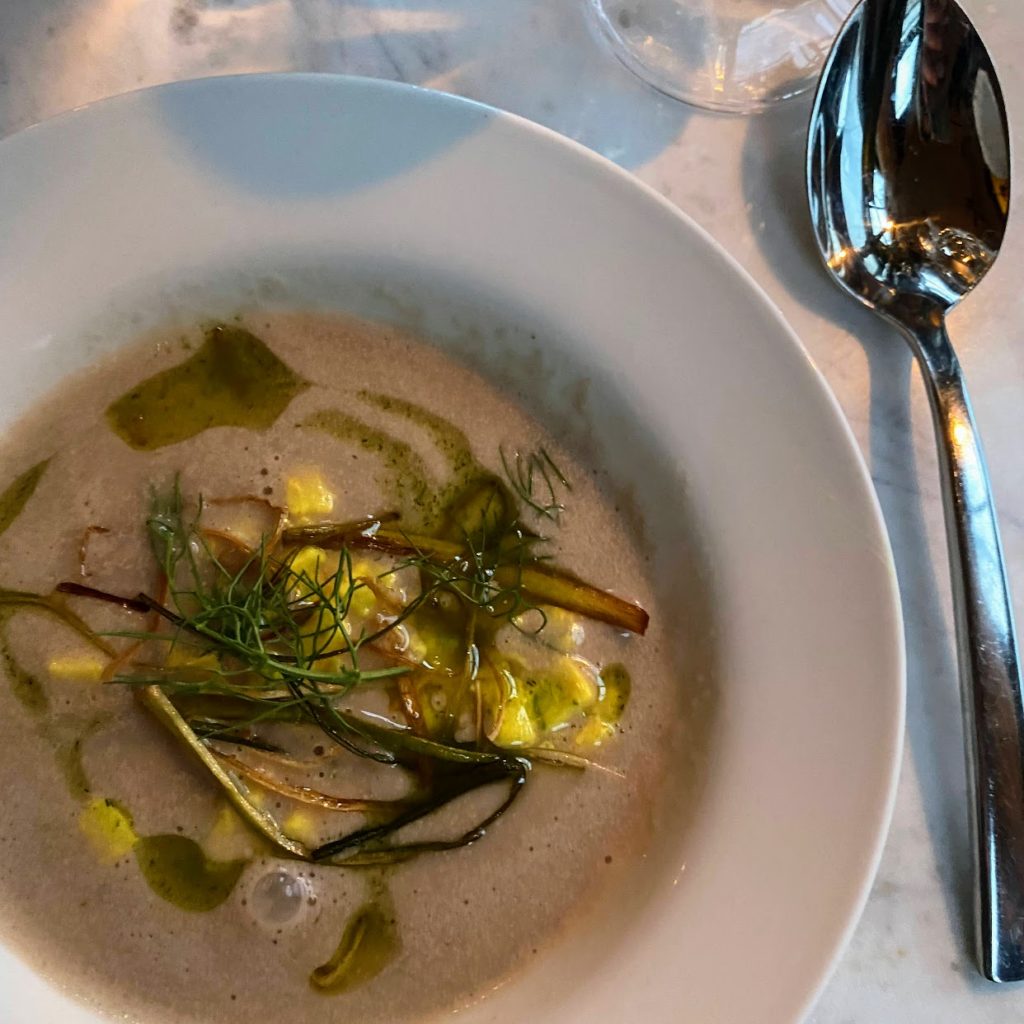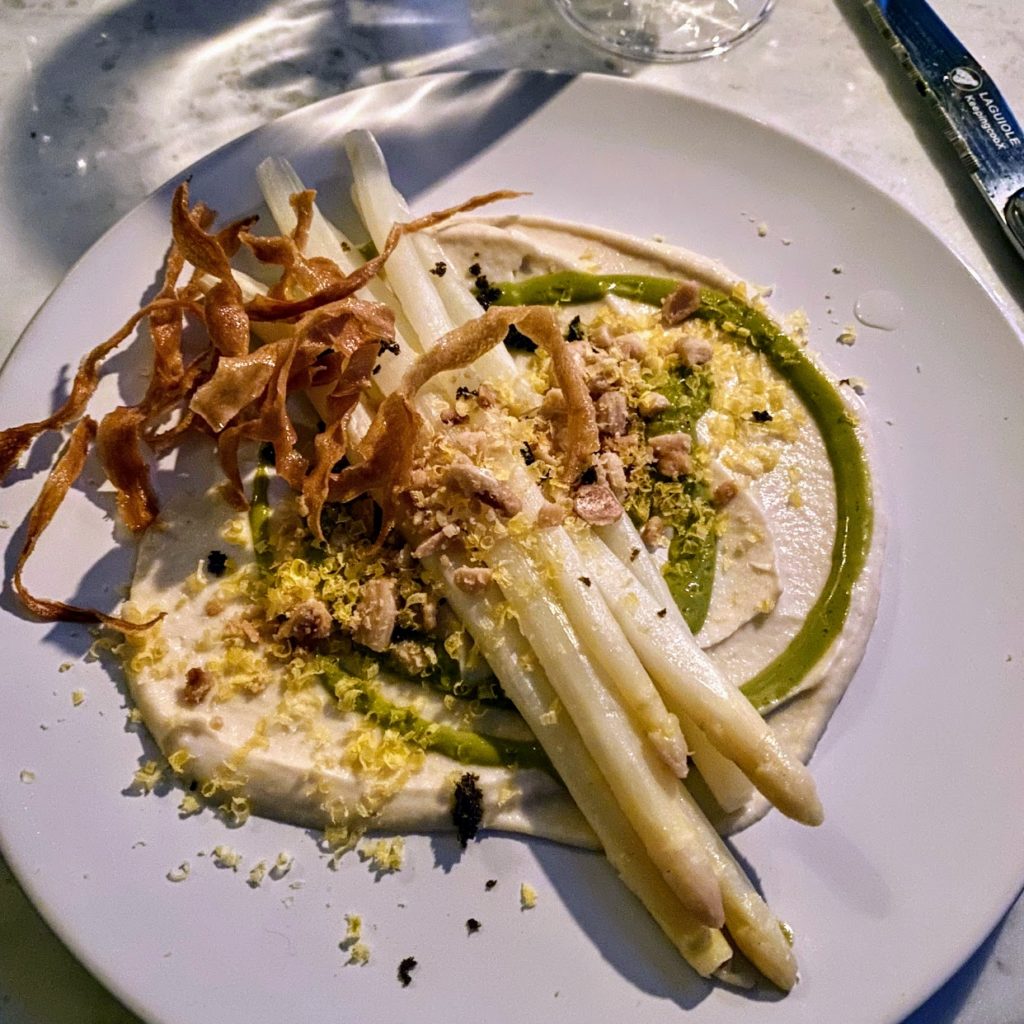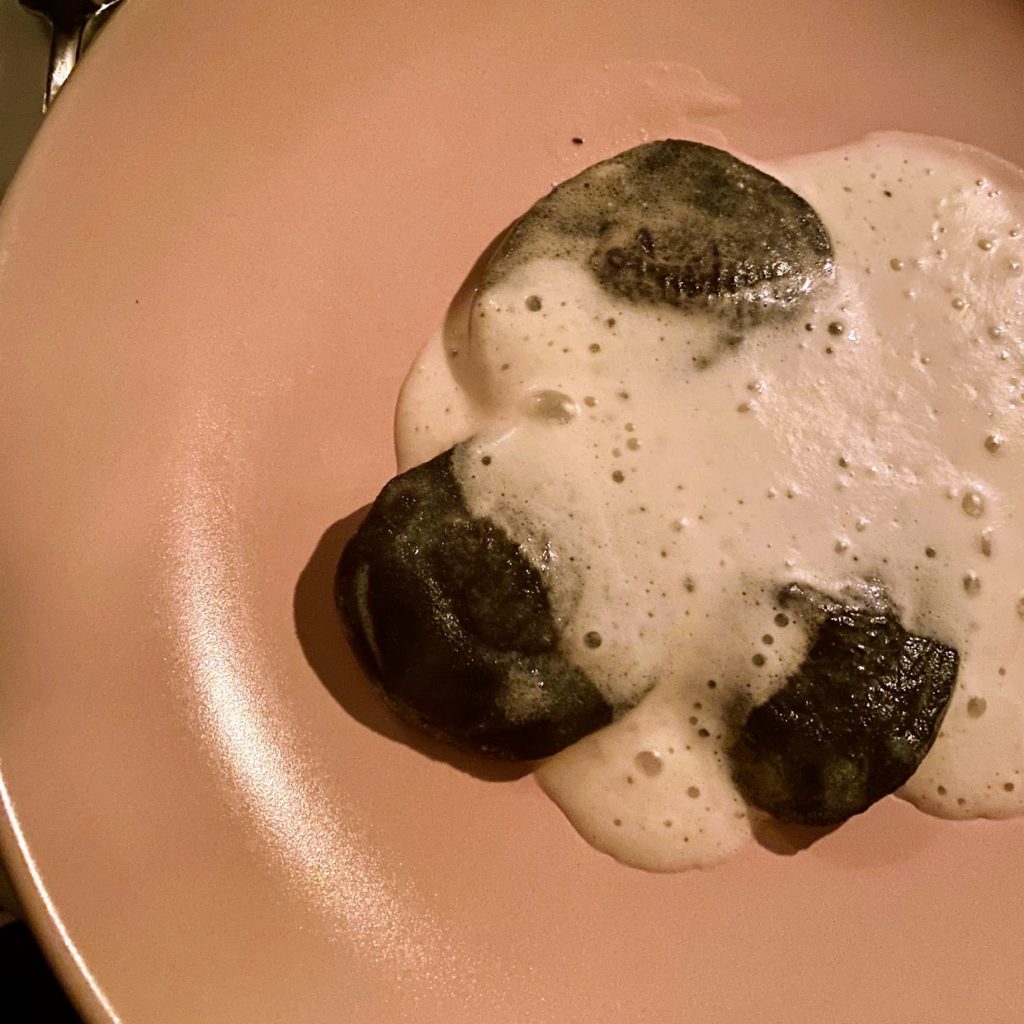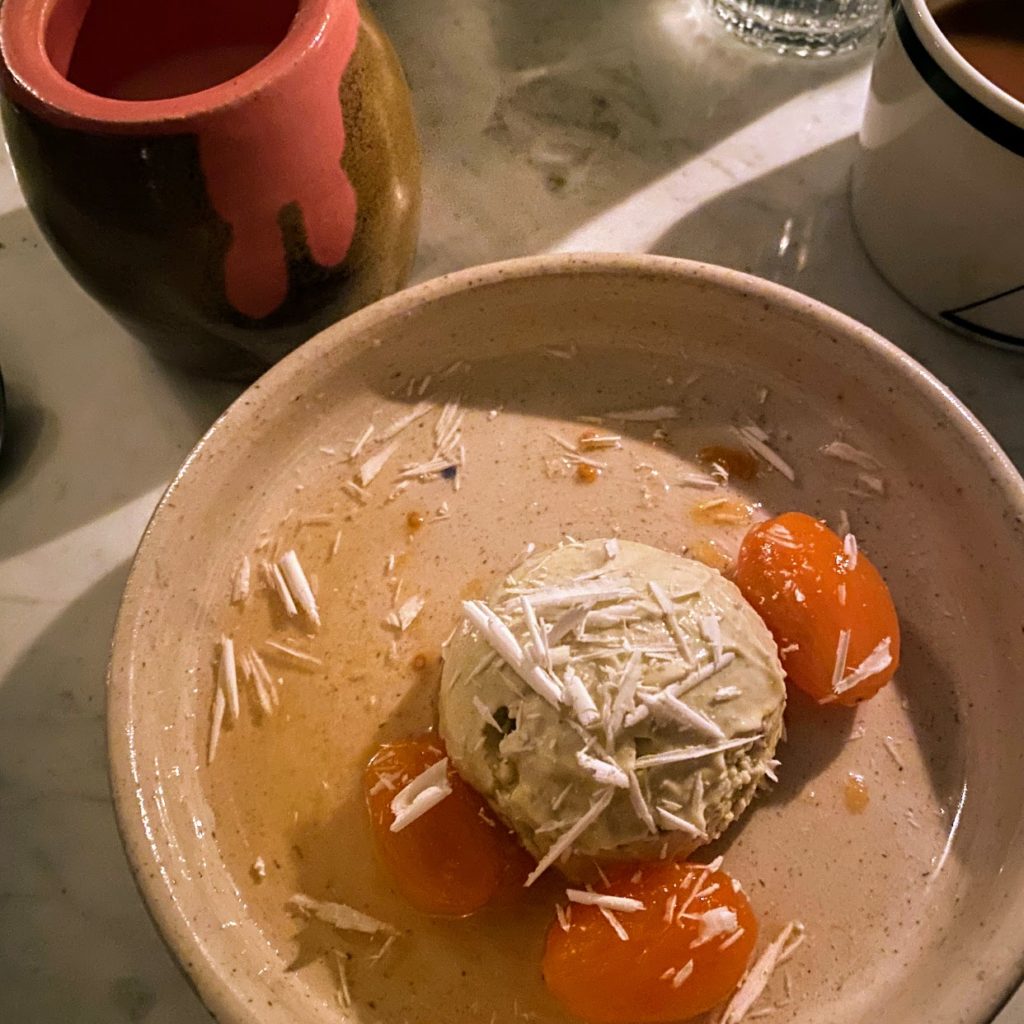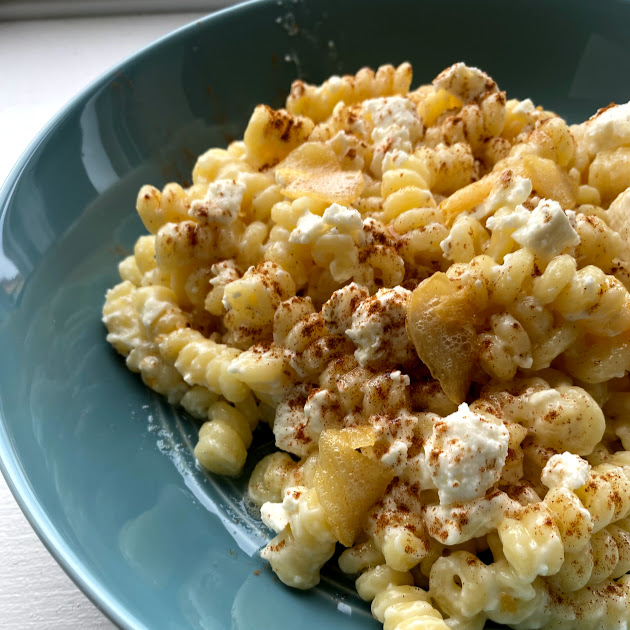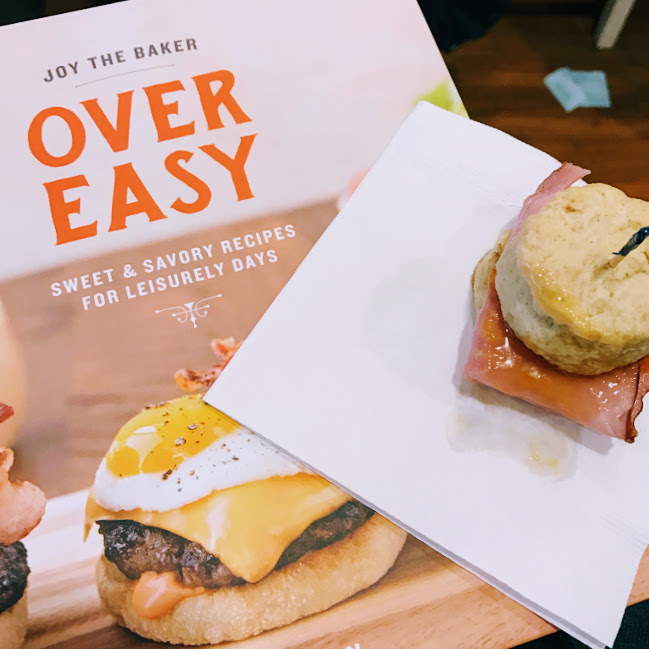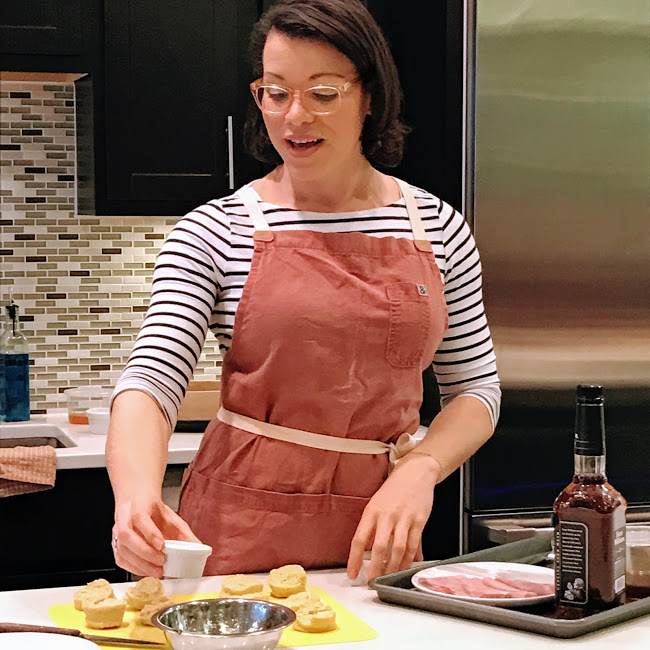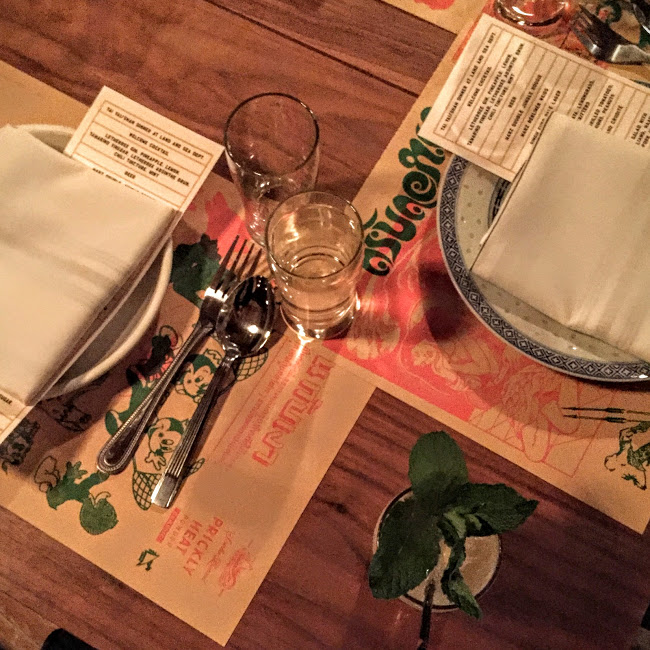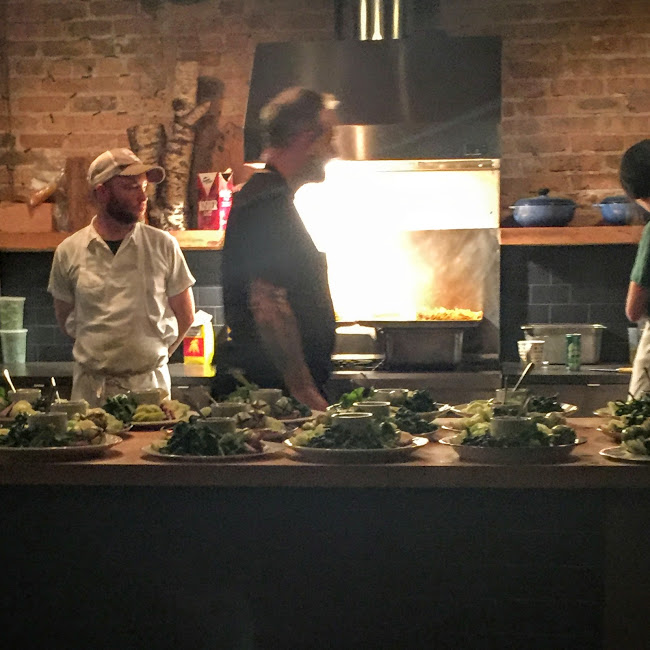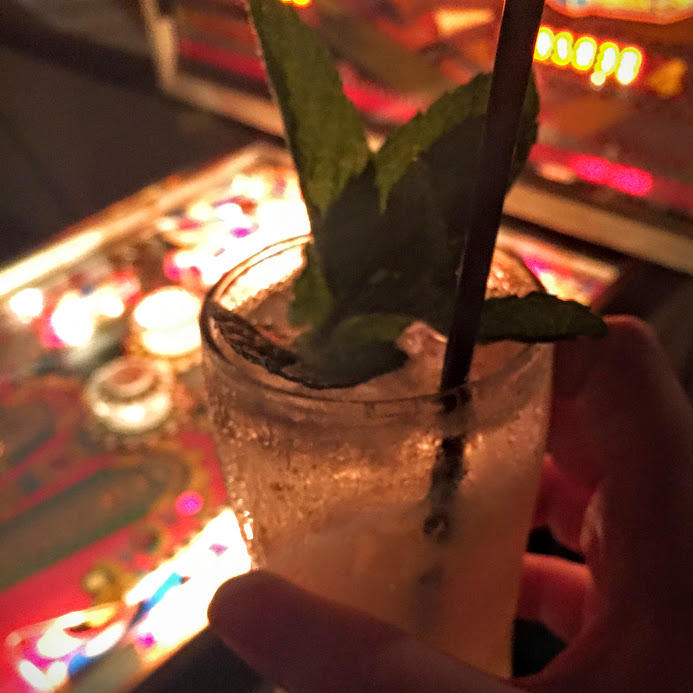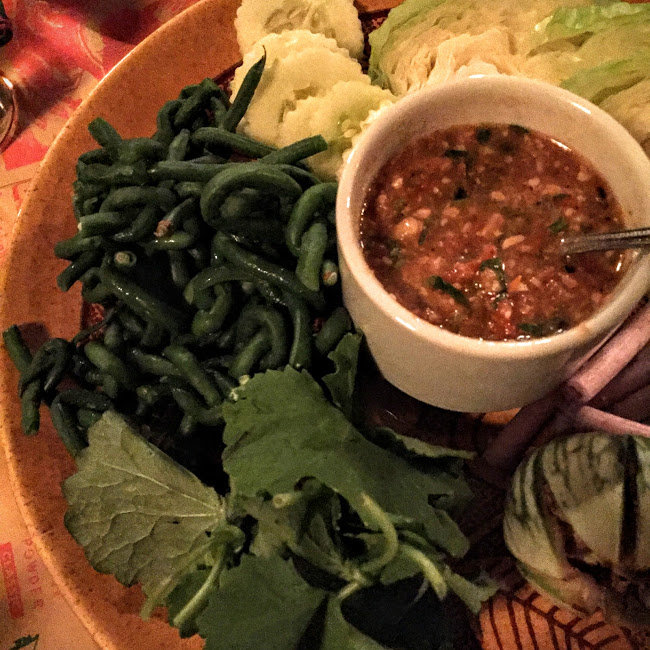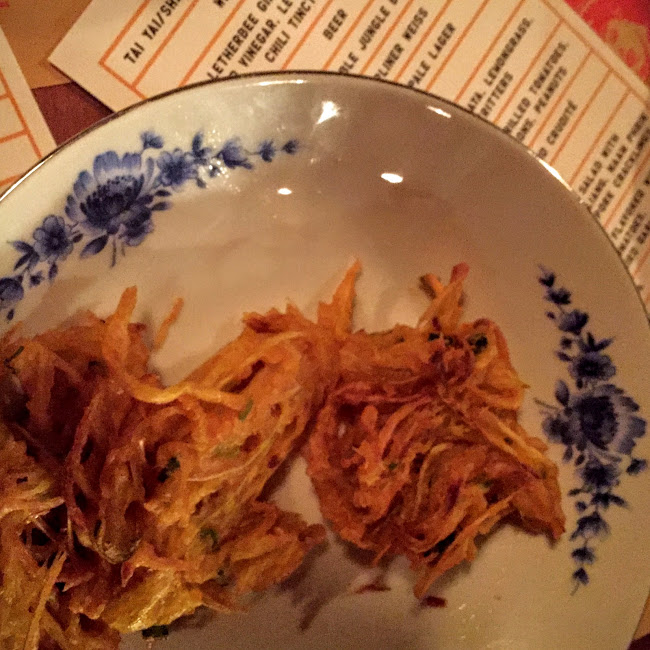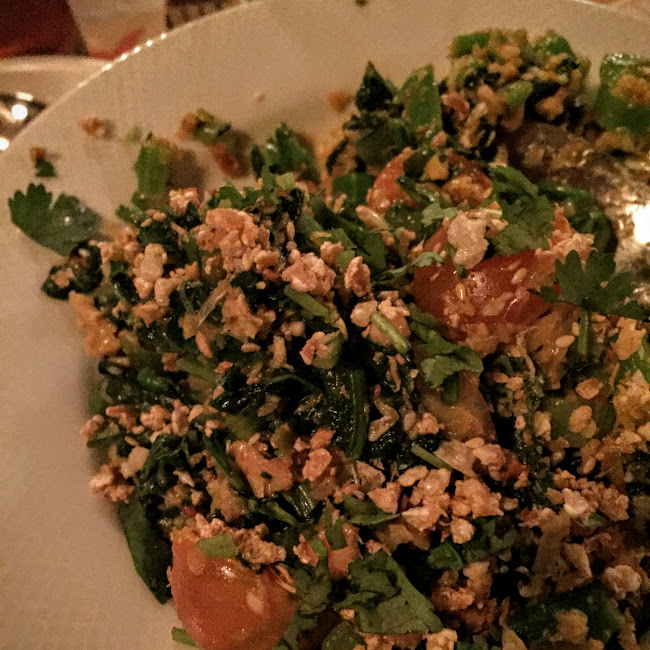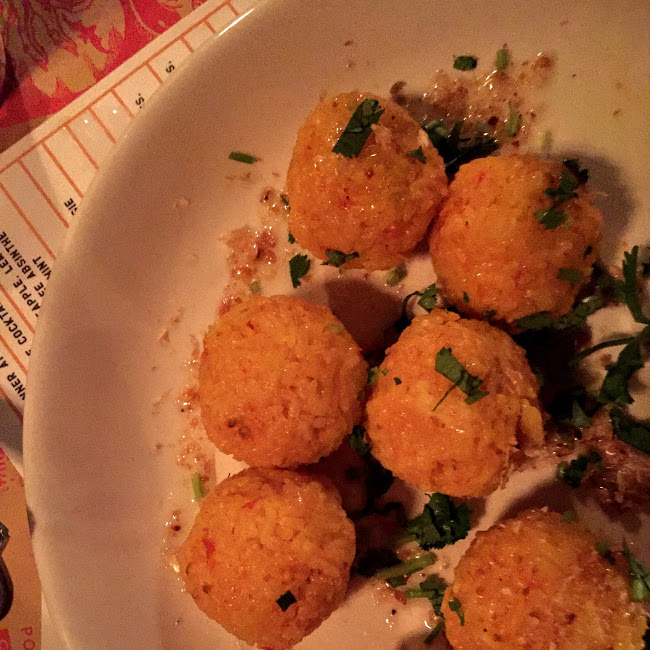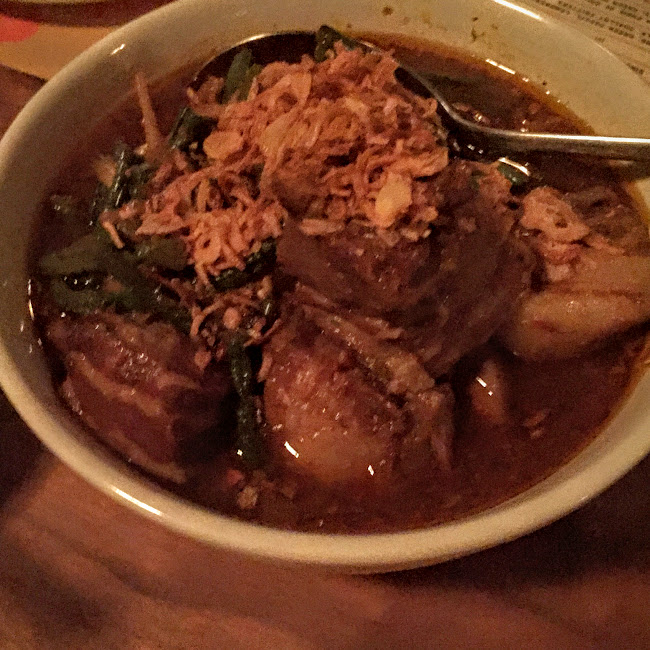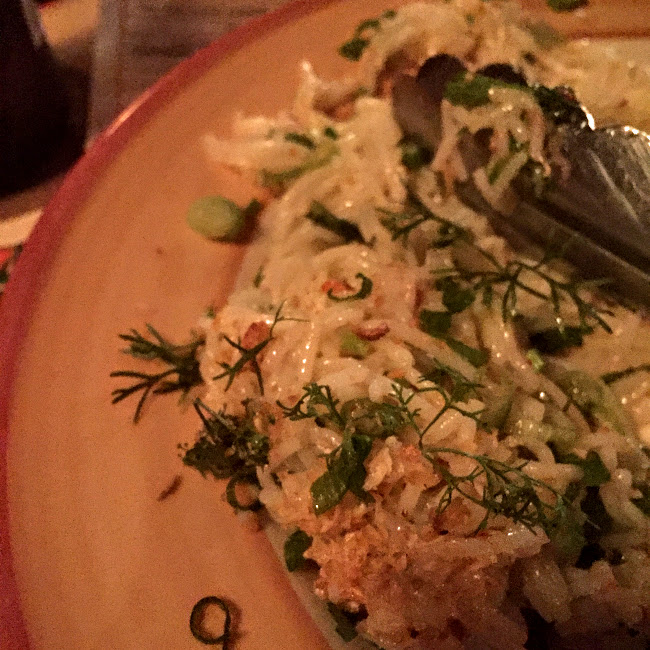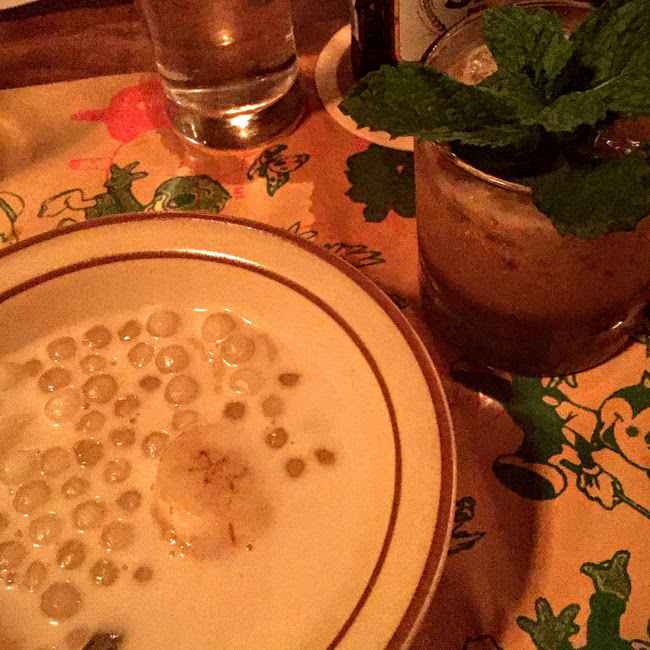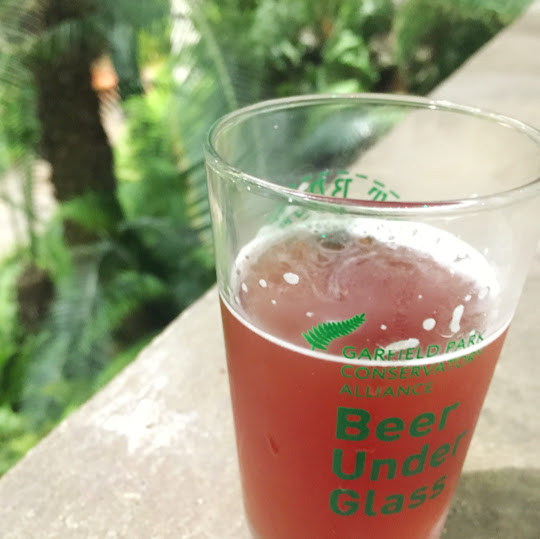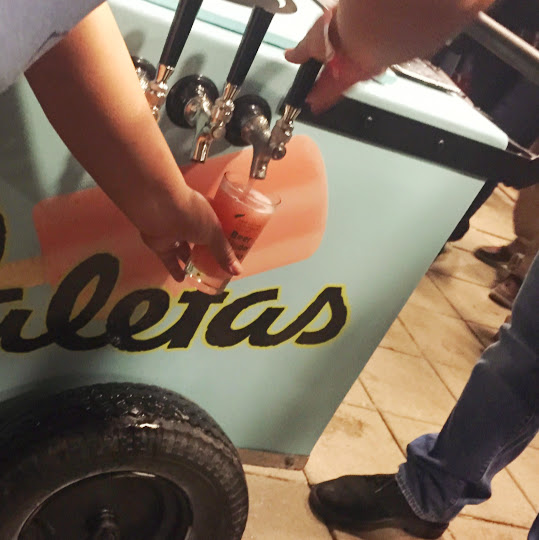It’s a question I get a lot: what’s the best meal you’ve ever had? And for 12 years, my answer has been dinner at Alinea. When I dined there in August 2011, I was in my early days of living in Chicago and immersing myself in restaurant culture post-culinary school. Even nabbing a reservation for our group of 4 was next to impossible. Back then, you had to call their reservation line on the first day of the month, over and over, in hopes of getting through. I remember vividly that I was on a CTA bus while calling, and when I finally heard a voice on the other side, I practically leapt off the bus (well before my stop, but I didn’t care). I hadn’t started the blog yet, but reflected a bit on the experience as part of my musings on tasting menus. Each of the 18 courses brought a different kind of surprise and delight, and I remember being enchanted from start to finish.
Alinea is world renowned, and is one of just 14 restaurants in the U.S. to earn 3 Michelin stars. And for my birthday this year, I was fortunate enough to go for a second time. Here are my reflections on the Salon experience.
The meal began with caviar, served with a pearl spoon in an iridescent, bubbled dish whose imprint in your hand mimicked the texture of the caviar. The creamy layer hiding underneath was sweetened with lychee and was a delicious contrast to the salty caviar. A glass of bubbly completed the opulent start.
The vegetable dish, apted named auberdines, starred eggplant that treated to expertly mimic a oil-soaked sardine, then laid atop buttered rye toast with plenty of bright herbs.
In my first visit years ago, the herbal centerpiece was interactive: we were given scissors to cut off sprigs as garnishes for a salad in a later course. So this time, I knew that the golden swan on the table, only holding a dried bouquet at first glance, would probably come into play later on. Sure enough, it was rearranged on its lace doily for a couple of courses before a server reached inside and pulled out a bag of two biscuits, then small jars of foie gras spread and blueberry jam to go with the squab. The agre-doux (sweet and sour sauce) was an excellent accompaniment.
The red meat course was just as impressive this time as last. Wagyu short rib was dusted with jameed, a salty, dried yogurt from Jordan that first appeared on the table as an orb under a glass cloche.
Two of the courses were the same as last time. Both “hot potato” and “truffle explosion” are Alinea classics, so while I knew what to expect from each, it was fun to be reunited.
Two of the desserts were also familiar, not added to the menu until after my first visit, but very much associated with the restaurant in recent years. As soon as the grey silicone cloth was draped over our table, I knew a Jackson Pollock-style, eat-the mess-off-the-table dessert was still in the rotation. This iteration celebrated the flavors of a banana split, with several sauces, cherry fudge, brown butter nougat, waffle cone, pineapple “right-side-up” cake, and liquid nitrogen banana ice cream. It was truly so delightful to eat, with a slightly different bite every time I dragged my spoon across the table.
And the birthday-appropriate green apple balloon, the other now-famous dessert, showed up shortly after. It was meant to be kissed to inhale the helium, and then you could proceed to eat the sticky taffy and string. The whole process really had us laughing. If there was a test for eating it gracefully, I’d say I failed.
For the final birthday touch, the smoke from my birthday candle was captured in a glass, with a cake-and-frosting soda poured in and topped off with rosé. I was impressed by the attention to detail in the service, as the commemorative soda bottle had my correct birthday written on the tag, seemingly from a sly conversation at the host stand before we were seated.
Deep down, I knew it wouldn’t be possible to recapture the unprecedented magic of my visit 12 years ago. This time, it was more the little moments of conceptual creativity and magnificent technique that added up to a very memorable birthday experience.
The details: Alinea, 1723 N Halsted St., Chicago.
